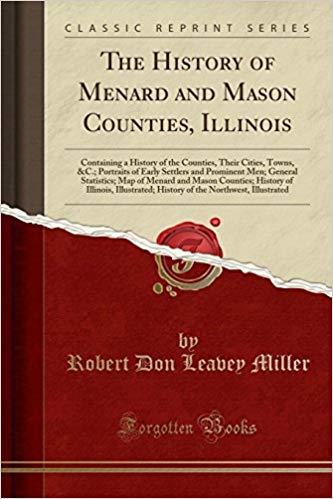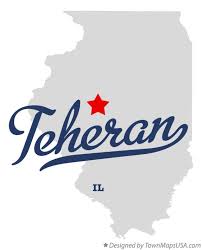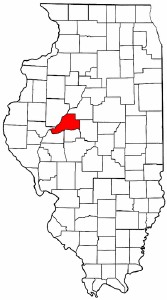Salt Creek History part 2
The same year, 1837, George T. Virgin settled a quarter of a mile further west on the place now owned and occupied by Kinzey M. Virgin, son of Abram Virgin. George was more of a domestic nature, and employed his time and energies in making home pleasant, not caring so much for stock…



